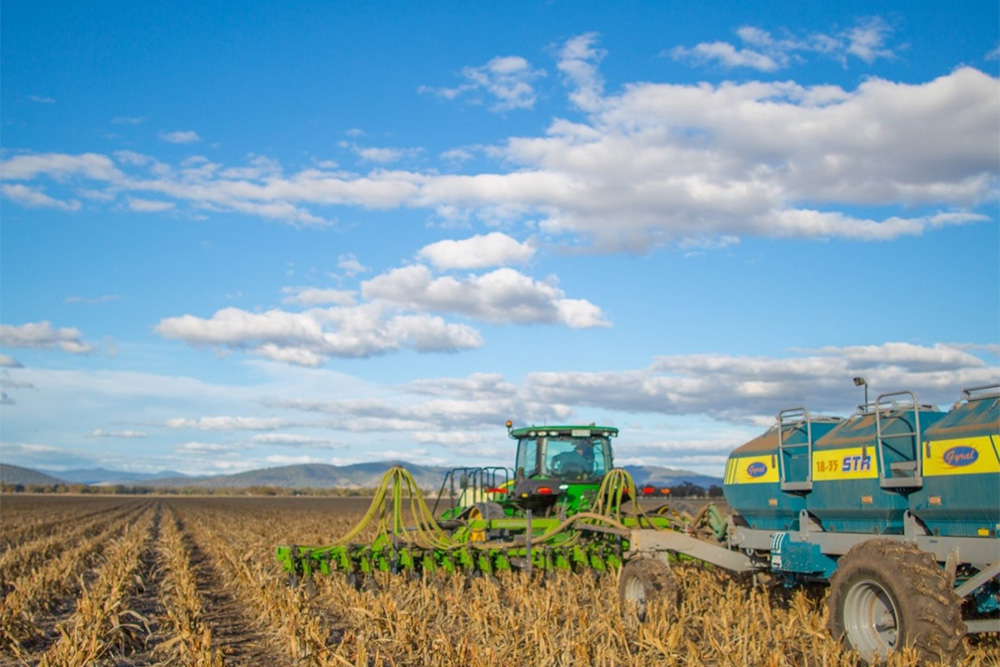Agricultural lending data 2023–24
Debt is an important source of funds for farmers to develop their farm business and for ongoing working capital. Information on trends in the use of debt financing provides context for understanding longer term changes in farm financial performance and the drivers of future productivity growth.

Download full report and data
This report includes analysis of recent developments in agricultural lending using data provided by the Australian Prudential Regulatory Authority (APRA), the Reserve Bank of Australia (RBA), the Regional Investment Corporation (RIC) and ABARES farm surveys. More detailed analysis, a glossary of terms, and further information about the data sources can be found in the report download.
Summary
- The latest agricultural lending statistics provided by the Australian Prudential Regulatory Authority (APRA) show an increase in aggregate lending to the farm sector in 2023–24 of 6% (in real terms). The aggregate value of loans outstanding increased from $123.6 billion at 30 June 2023 to $131.4 billion at 30 June 2024 (in 2024–25 dollars).
- Analysis of ABARES farm survey data shows an increase in debt for working capital purposes in 2022–23 and 2023–24 reflecting the downturn in average farm profitability over this period.
- Lending to the farm sector increased in all states and territories during 2023–24, with the largest percentage increases in real terms occurring in Western Australia (12%) and the South Australia (7%).
- The average interest coverage ratio―expressed as the average proportion of gross cash income (total cash receipts less total cash costs excluding interest payments) consumed by interest payments―has generally trended downwards over the past decade due to higher farm incomes and lower interest rates. However, higher interest rates in 2022–23 and 2023–24 saw the average interest coverage ratio increase to 22% for broadacre and dairy farms in 2023–24 – the highest it has been in a decade but still well below the peak in 2006–07 when it reached over 50%.
- The distribution of debt is spread unevenly across farms. In 2023–24, 5% of broadacre and dairy farms accounted for 52% of the aggregate value of loans in these two industries. The remaining 48% of debt was accounted for by 45% of farms. Around 50% of broadacre and dairy farms were carrying little or no debt in 2023–24.
- The proportion of farms facing financial stress due to debt is relatively low but did increase slightly in 2023–24 to around 2%. This is slightly below the longer term (10-year) average of 3%.
- The aggregate value of loans and leases that were more than 90 days past due increased from $693 million in 2022–23 to $1,091 million in 2023–24. When expressed as a share of total lending, loans more than 90 days past due represented 0.8% of total loans and leases in 2023–24 compared with 0.6% in 2022–23.
The PowerBI dashboard may not meet accessibility requirements. For information about the content of this dashboard contact ABARES.
